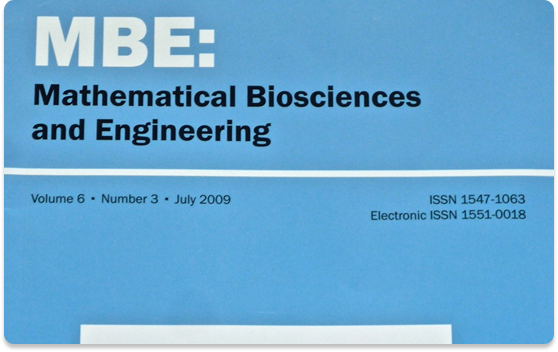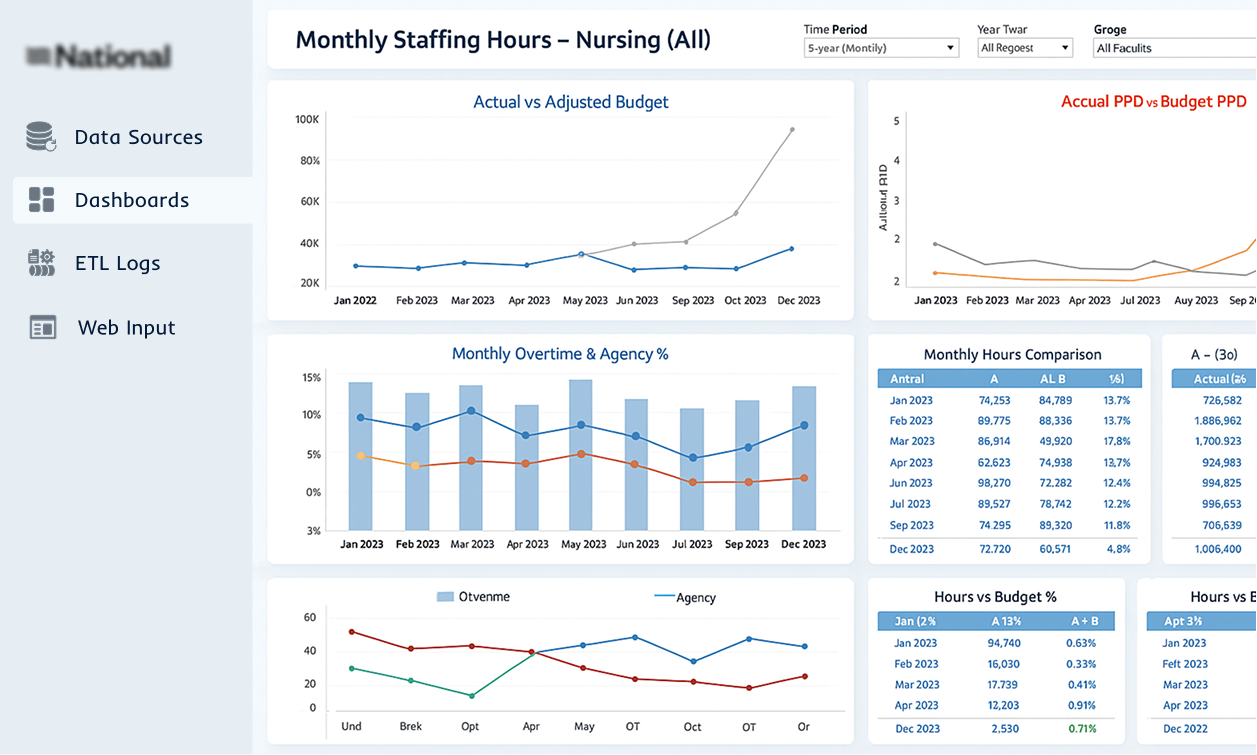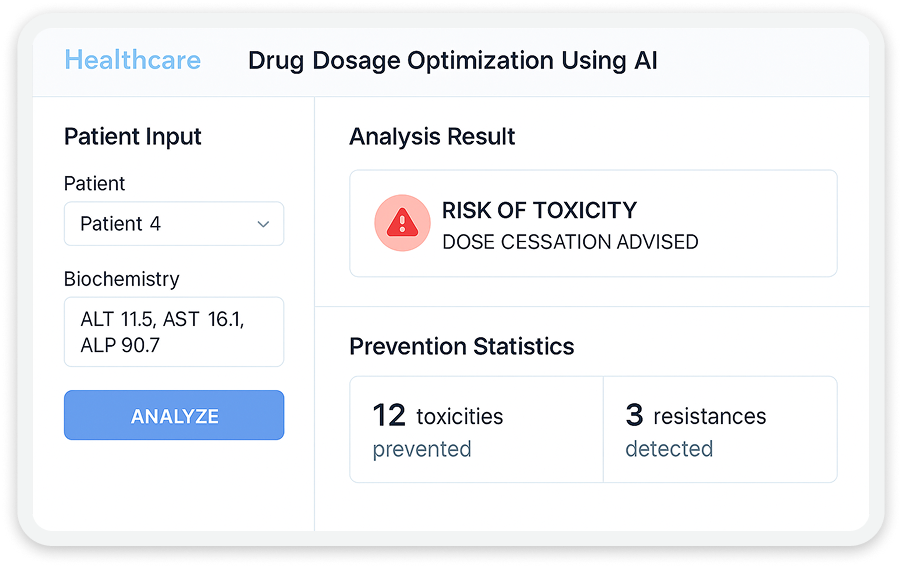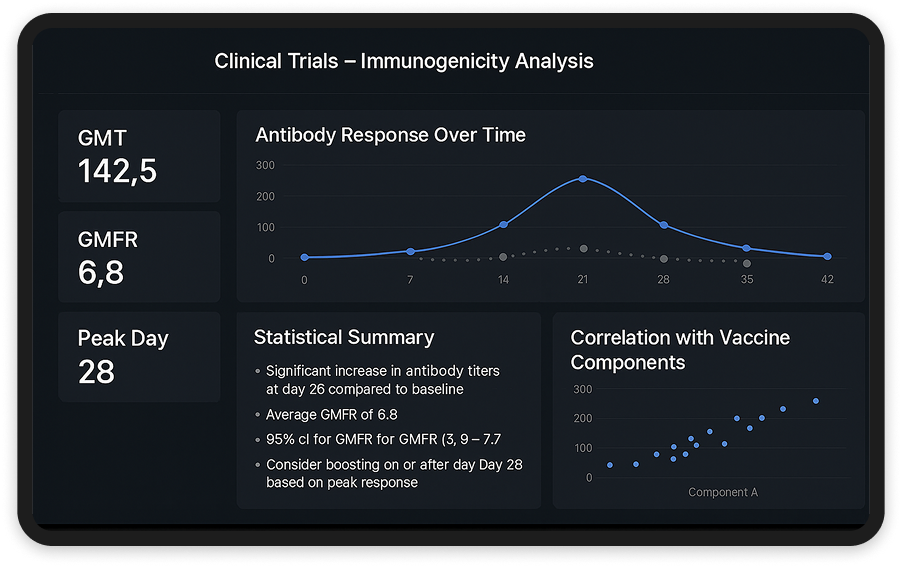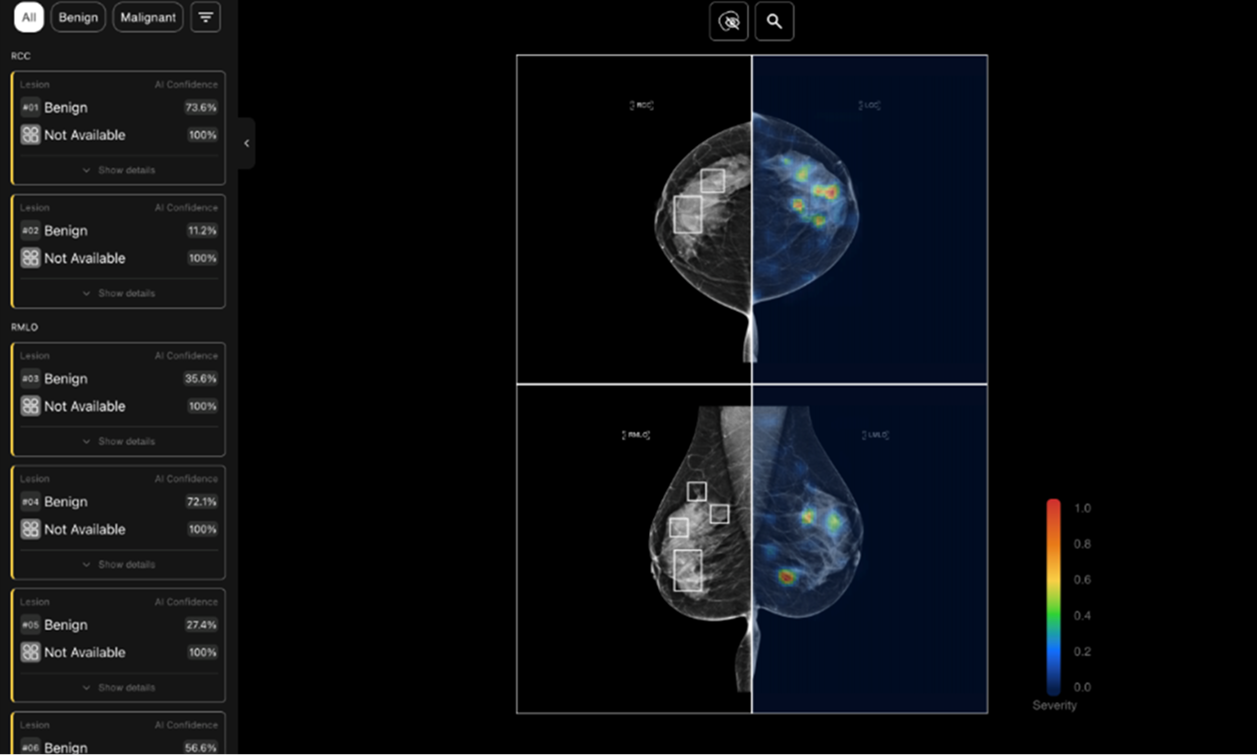The paper addresses the challenge of predictive modeling with small datasets in clinical medicine. The authors propose an improvement to the Radial Basis Function (RBF)-based input-doubling method, which is commonly used for regression tasks in artificial neural networks. The proposed modification introduces averaging, a feature typically seen in ensemble methods, which compensates for errors and improves accuracy. The method was tested with a real-world dataset containing only 77 observations from a rheumatology task. The authors experimentally determined the optimal parameters for achieving the highest prediction accuracy using the Mean Absolute Error (MAE) and Root Mean Square Error (RMSE) metrics. The results show that the modified RBF-based method outperforms other similar methods in terms of accuracy, while maintaining the same training duration as the original method. The method also offers flexibility for modifications, allowing it to be applied to various medical fields.
Takeaways:
- The paper focuses on enhancing predictive modeling with small datasets, a common issue in clinical medicine where limited data may hinder decision-making.
- The authors improve the RBF-based input-doubling method by adding an averaging step, increasing its accuracy for regression tasks.
- The method was successfully applied to a rheumatology dataset with only 77 observations, showing promising results with higher prediction accuracy.
- The method can be adapted for use in other areas of medicine and could be enhanced by incorporating additional nonlinear AI techniques.
- The proposed approach is particularly useful for healthcare decision support systems, where data is often scarce, and high accuracy is critical.
